- Science Fair Projects
- Grade
- Topic
- Supplies
- All Science Fair Projects
Aerodynamics: Searching For Stability

Students with a passion for aviation, an interest in aerodynamics, and a love of model airplanes, will find this science fair project an out-of-the-park home run! Designed by Matthew Wong, seventh grade student and fourth place winner in the aerodynamics/hydrodynamics category of the 2010 California State Science Fair, students choosing to model their experiment after this one will explore the following questions:
- Do winglets increase the stability of an airplane?
- If so, what shape and angle have the greatest impact on stability?
Project Overview
Students will first construct five separate balsa wood plane models with which to test the various components of stability. With the exception of the control (e.g. no winglets), the models should each offer a unique variable to test. Wong opted to explore the following variables:
- Shapes: traditional winglets, wing fences, curved wing.
- Angles: 90-degree winglest, 135-degree winglets.
Wong hypothesized that planes with winglets would be offered more stability (inadvertently concluding that the control plane would exhibit the least stability) and that the model with 90-degree winglets would increase stability the most. Each model was then placed in a wind tunnel and ranked by performance in three key tests - the roll test, the pitch test, and the drag test.
To create your own experiment exploring aerodynamics and the effect of winglets on plane stability, be sure to view Wongs’s award-winning project summary (project number J0132) as a starting point and a guide for designing your own project! And don’t forget to browse the other applicants’ project summaries for more ideas!
Related Blog Posts
View More
Which Gum Brand Lasts the Longest?
Chewing gum; while flavor is key when purchasing a pack of gum, another important factor that we...
Read More
Can Our Eyes Fool Our Taste Buds?
Photo Source: Rowan Frances Ever wonder if what we see influences our perceptions of taste? I...
Read More
Built To Last - Exploring Skyscraper Design wit...
Photo Source: buildinglegoswithchrist.blogspot.com Ever wonder what it takes to design a skyscr...
Read More
Beautiful Blooms: What Makes A Flower Last the ...
Photo Source: thebottomlessbag.blogspot.com Bouquets of beautiful blooms are lovely as centerpi...
Read More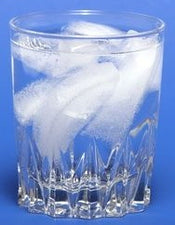
Does the Shape of an Ice Cube Affect How Quickl...
As Christine, Selah Junior High School student, watched the ice cubes in her soft drink melt she ...
Read More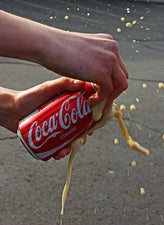
Shake It Up! - Which Soft Drink Spews The Most ...
Photo Source: blog.lib.umn.edu/paldr001/myblog/ We've all made the unfortunate mistake of openi...
Read More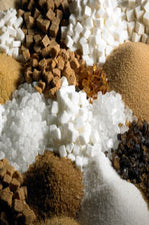
Are All Sugars The Same?
Ever wonder if table sugar is the same as sugars found in honey, fruits, etc? For middle school ...
Read More
How Greasy Are Your Potato Chips?
Photo © 2010 espensorvik, Flickr If you've ever eaten a serving of chips, it's likely you notic...
Read More
Mentos + Diet Coke - Pour Six Sodas At One Time!
Photo Source: stevespanglerscience.com Did you know you could harness the reaction between Ment...
Read More
Is Sensitivity Heightened On Your Dominant Side?
Photo Source: Education.com Created by Megan Doyle of Education.com, this science fair project ...
Read More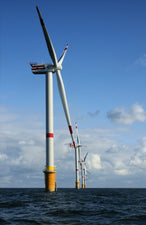
Make Your Own Wind Turbine - Science Fair Project
© Hans Hillewaert / CC-BY-SA-3.0 For those students interested in engineering and environmental...
Read More
Which Soft Drink is the Worst for Your Teeth?
Photo © 2006 Flickr, Rex Sorgatz We've all heard that consuming too much soda (or pop) can be d...
Read More
Keeping Drinks Hot
Whether you're a coffee, tea, or cocoa drinker, if you plan to enjoy a hot beverage, chances are ...
Read More
Nail Polish: Price vs. Quality
Ever wonder how drug store brand nail polishes stack up to salon quality products? Kelsey, middl...
Read More
Recycled Water - Does It Effect Plant Growth?
For students interested in botany, ecology, and recycling, this science fair project that studies...
Read More
Exploring the Preservative Qualities of Various...
For middle school students interested in microbiology, this is sure to be a great science fair p...
Read More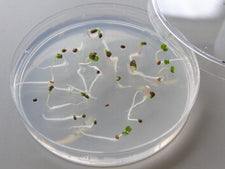
Hydroponics - What is the Best Liquid for Germi...
Photo Source: www.kew.org If your upper elementary/middle school student is interested in biolo...
Read More
All That Glows - Exploring Fluorescence
Photo Source: howstuffworks.com Black lights are not only neat, they can actually be quite usef...
Read More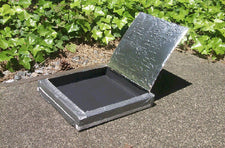
Pizza Box Solar Oven
Photo Source: Simon Fraser University If you're interested in cooking and alternative sources o...
Read More
Tornado in a Box
Photo Source: instagram.com | hardroadlilly We were inspired by this Instagram picture taken by...
Read More
Keeping Your Gadgets Going... with Solar Power!
Photo Source: adafruit.com In this age of technology, it seems as if everyone has a smart phone...
Read More
Harnessing the Sun's Rays for Cooking
Solar energy is a low-cost technology that can be used to heat homes, power lights, and even boi...
Read More
Does Eye Color Affect Peripheral Vision?
Photo © 2009 Mikleman, Flickr Reading a book. Riding a bike. Driving a car. These are all thing...
Read More
Does Music Help You Study?
With the ability to access your favorite music almost everywhere, have you ever wondered if takin...
Read More
Video Games and Your Heart Rate
Photo ©2011 Microsoft Sweden, Flickr Perfect for the upper elementary/early middle school crowd...
Read More
How Clean is the Air You Breathe?
While it may seem to the naked eye that the air we breathe is clean and clear, the reality is, w...
Read More
What Makes Ice Melt Fastest?
Photo © 2008 Matt Seppings, Flickr The Department of Transportation (DOT) is always interested ...
Read More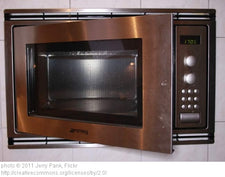
Are We Frying Our Brains with Radiation?
Radiation is exists throughout our universe and we are exposed to many different kinds on a dail...
Read More
Music To My Heart
Photo © 2008 Fe Ilya, Flickr Ever wonder if different styles of music affect a person's heart r...
Read More
Do You Know About the Germs You're Carrying?
While many students have explored school bathrooms, doors, and other surfaces for germ content, h...
Read More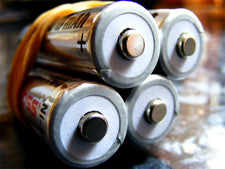
Making Batteries from Fruits & Vegetables
Photo © 2008 Rob Nunn, Flickr Did you know that you can use real fruits and vegetables to creat...
Read More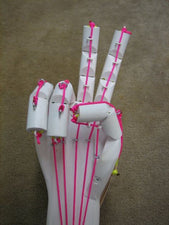
Engineering + Physiology - Building an Articula...
Photo Source: www.instructables.com | rgraylint For students interested in engineering and phy...
Read More
Gender & The Stroop Effect
Photo Source: Eric H. Chudler, University of Washington Check out the picture above. As fast as...
Read More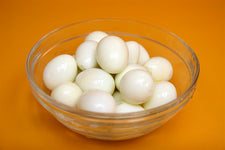
Egg in a Bottle
Photo © 2006 RatRanch, Flickr This egg in a bottle project from Science Fair Adventure would be...
Read More
Fun with Popcorn - Which Brand Pops the Most Ke...
Photo ©2009 Vegan Feast Catering, Flickr Talk about having the best-smelling, greatest tasting ...
Read More
The Happy Meal Project
Real or hoax? Sally Davies purchased a McDonald's happy meal in April 2010 and, three years late...
Read More
Font and Memory
Class syllabuses. Handouts. Lecture notes and presentations. Throughout the learning process, st...
Read More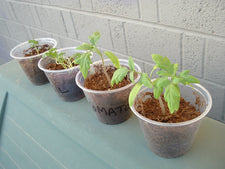
Microwaves and Plants
Photo ©2007 Tim Patterson, Flickr You're probably wondering what kind of science fair project i...
Read More
Why Does Popcorn 'Pop'?
Photo Source: Lucian Muset Popcorn is a delicious snack, but have you ever wondered how the har...
Read More
Subliminal Messaging: Is It Effective?
Photo Source: buysubliminal.com There is a lot of controversy surrounding subliminal messaging ...
Read More